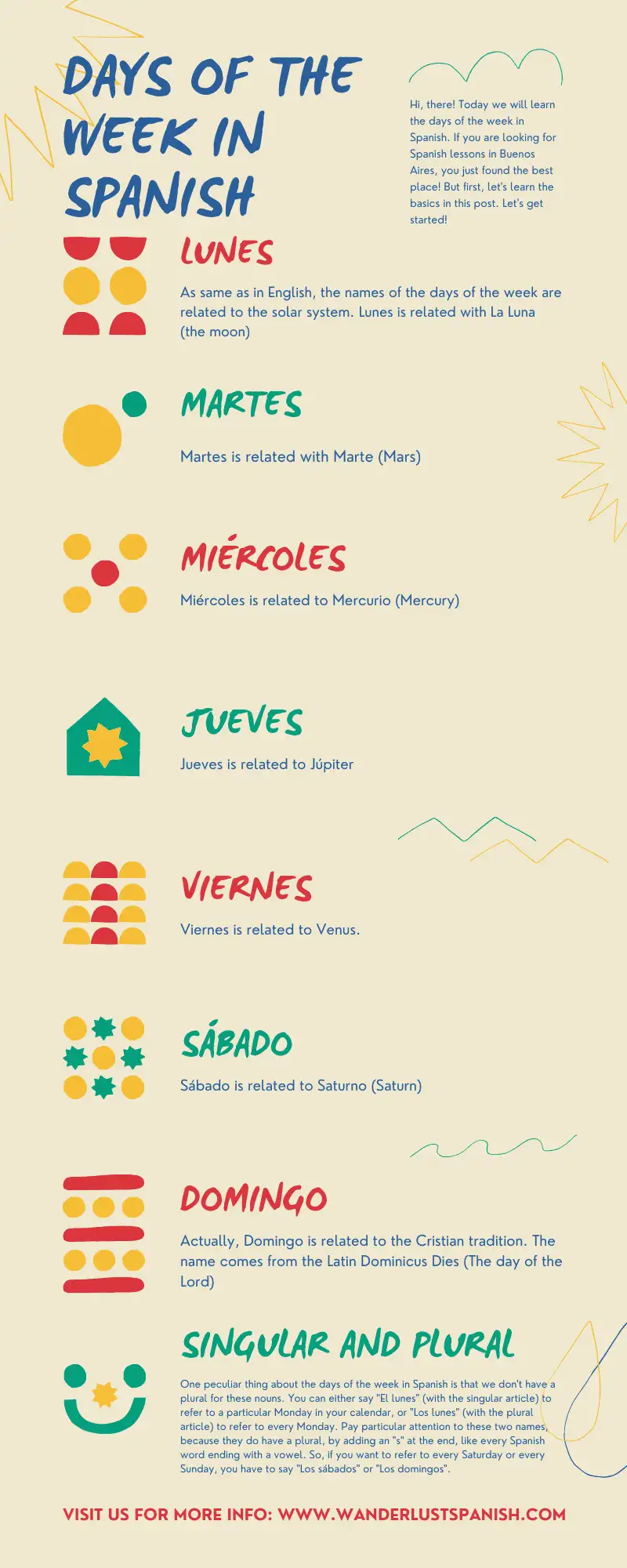When you first start to learn Spanish, to describe yourself, and also describe someone else, is very important to test your Spanish skills. In order to do that, we are going to review some Words to describe someone in Spanish. Are you ready? Let’s get started!
Verbs to describe someone in Spanish
Contents
As you know, the verb is the core of the sentence. So, let’s see which verbs are the most common to describe someone in Spanish. The verbs are: SER, ESTAR, TENER and PARECER. If you need to review the differences between ser and estar, check this post.
Let’s start from the top. Let’s start describing the hair. For the hair we use the verb TENER. First person of the verb TENER is TENGO, so:
Tengo el pelo…(literally “I have my hair…”):
Rubio (blonde)
Castaño (brown)
Morocho (brunette)
Canoso (grey)
Pelirrojo (red)
Corto (short)
Largo (long)
Lacio (straight)
Ondulado (wavy)
Rizado (curly)
Let’s continue with the eyes!
Tengo los ojos…(I have my eyes…)
Celestes (light blue)
Azules (blue)
Marrones (brown)
Claros (light)
Miel (honey)
You can also use TENER with other parts of the body, such as:
Tengo las manos grandes (My hands are big)
Tengo las piernas cortas (My legs are short)
Using ser and estar with descriptions in Spanish
We use SER when we talk about the personality. Something essential in the person we are describing. We use ESTAR when we talk about not permanent status, for example being tired.
Follow this structure for SER: Soy…(I’m…)
Adjectives you can use to describe people:
Alto (tall)
Bajo (short)
Lindo (pretty)
Fuerte (strong)
Débil (weak)
Amable (kind)
Sincero (sincere)
Mentiroso (liar)
Relajado (relaxed)
Neurótico (neurotic)
Now, if we want to describe how the person is feeling in that precise moment, we use ESTAR:
Follow this structure with ESTAR: Estoy…
Cansado (tired)
Nervioso (nervous)
Emocionado (excited)
Sensible (emotional)
Loco (crazy)
Aburrido (bored)
Using parecer to describe someone in Spanish
Parecer is used when you want to say “Looks like” or “seems”. So, it works in the same way as ser or estar, but the meaning is different:
Él parece cansado = He looks tired
Él parece sincero = He seems nice
After all this, are you going to practice your Spanish when you come to Buenos Aires? We wait for you with the best Spanish lessons in Buenos Aires, Argentina. Contact us, claim your trial class and get started!









